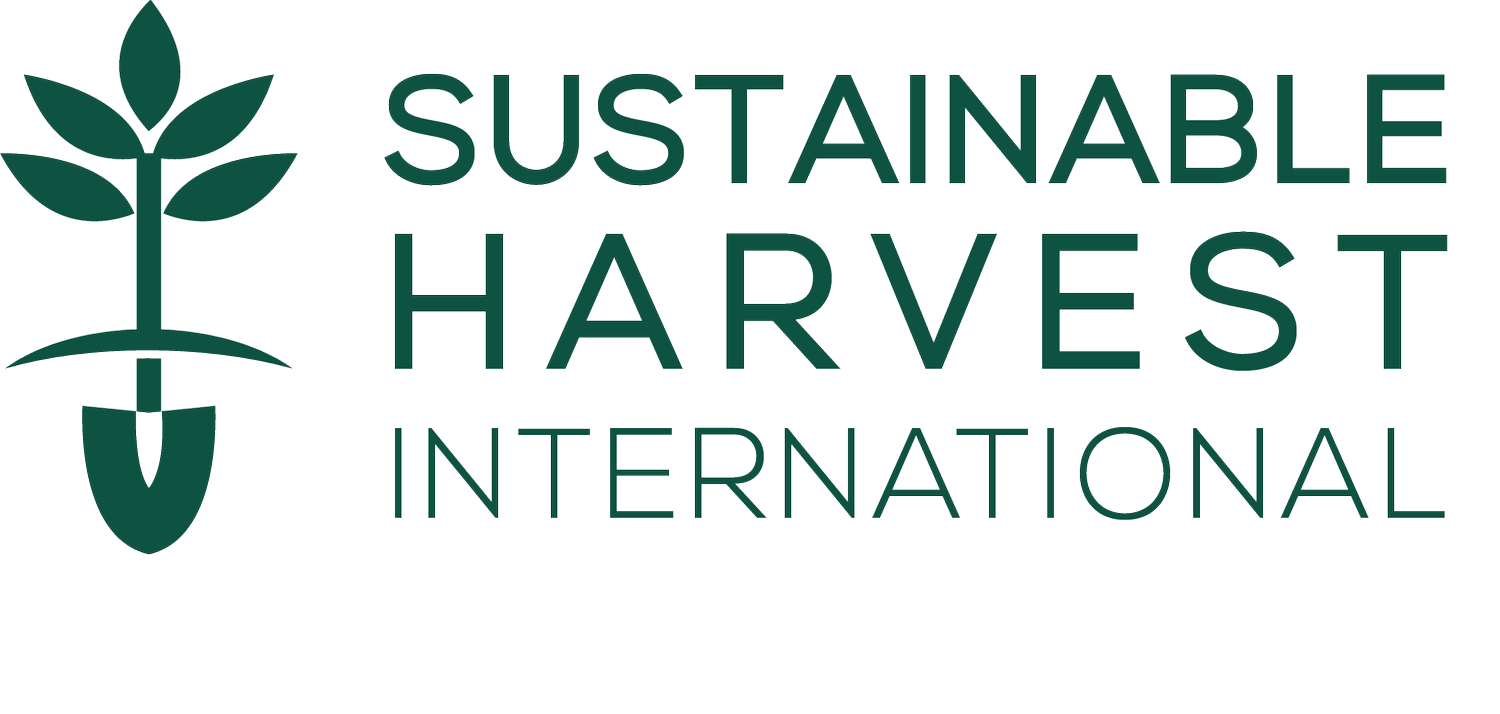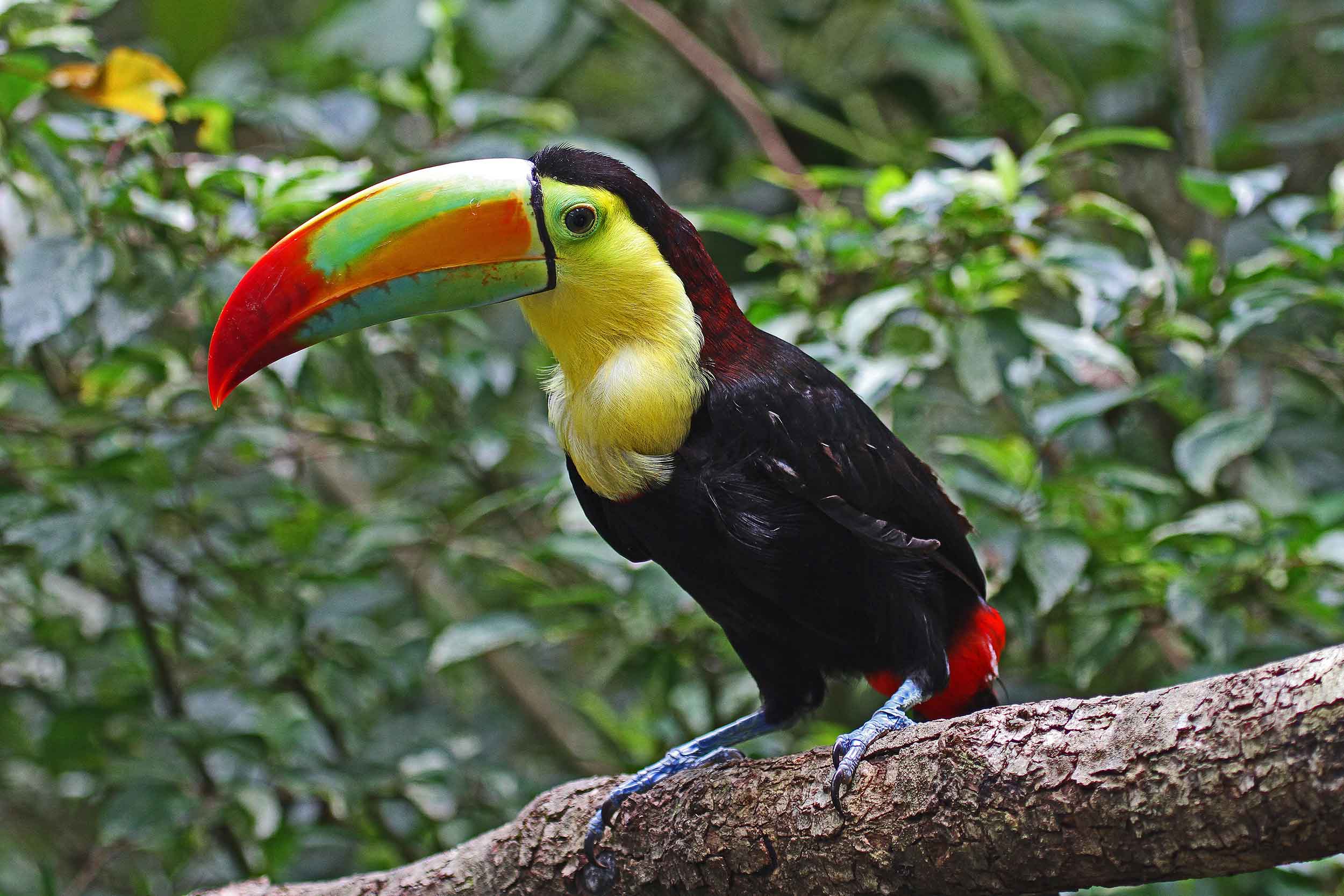Thanks to your generous support, Hernando is transitioning to regenerative farming methods that will protect the earth and sustain us all.
“One or two people can’t change the whole planet. Everyone has to do their part, for the generations that follow them.”
A VEGETABLE FARMER IN BELIZE
Thirty-eight years ago, Hernando Santoya cleared a small area on the outskirts of a small village in Belize. His intention was to grow enough vegetables to support the eleven children he has with his wife, Mirla. Now, Hernando’s vegetable farm is one of the only locally-run commercial vegetable-growing operations in an area where most folks rely on subsistence agriculture, fishing, or tourism to survive.
Despite the farm’s relative success, the family has struggled. As his daughter, Erlita, puts it, “When my daddy plants we might have a little more in our pockets but when he’s not harvesting anything, it’s hard.”
“We all want to go to school but our family can’t afford it.” – Erlita Santoya (middle), the eldest of Hernando and Mirla’s 11 children Photo by Salt to Clay Photography
Before partnering with Sustainable Harvest International, Hernando grew all his crops conventionally: synthetic agrochemical fertilizers and pesticides, monoculture plantations, you name it. But Hernando has an immense respect for the environment. He wanted to try something new—something that would be better for his family and the planet.
YEARNING FOR ECOLOGICAL RESTORATION
When our field trainers began visiting the area in early 2017, Hernando and Mirla were very interested. Though Hernando has farmed conventionally for years, he’s old enough to remember a different time. When farmers used to save their seeds. When more varieties of fruits and vegetables were grown. When jaguars roamed the forests and toucans cawed in the trees. When the lagoons were flush with manatee and fish. When the rains were steady and predictable. Hernando yearns for these ecological conditions to be restored and believes that our methodology could make it possible.
“I used to see plenty of toucans when I was small. I scarcely see any now.” – Hernando Santoya photo by Judy Gallagher
A HEALTHY DOSE OF SKEPTICISM
Though Hernando is enthusiastic about partnering with us, he has a lot to lose. What if he tries all the regenerative farming practices our field trainers suggest and they fail? Hernando could lose all his crops, all the family’s income.
So he’s starting small, testing out the techniques on small plots. He’s happy with the agroforestry system he planted last year—150 plantain trees interspersed with habanero peppers. The harvest was good and the soil is growing richer. And just as important, trust of organic, regenerative practices is growing alongside the microorganisms in the soil.
LOOK OUT FOR WHITE FLIES
The biggest threat to Hernando’s vegetable farm right now is white flies. The devastating viruses they spread can wipe out an entire harvest! As you can imagine, Hernando is desperate for a solution.
The default option is a poisonous agrochemical insecticide that’s both expensive and harmful (to humans and wildlife alike). Luckily, there’s an alternative! Recently, Sustainable Harvest International field trainers taught Hernando and his neighbors how to make a cheap, organic insecticide from local ingredients. As soon as the rains stop, Hernando will apply the organic insecticide to his crops, fortifying them against white fly invasions. He’s already seen how effective the spray is on small areas on his farm and is eager to apply it more broadly.
Hernando (R) builds an improved chicken coop with field trainers. - photo by Salt to Clay Photography
TWO STEPS FORWARD, THREE STEPS BACK
Up until last month, Hernando’s farm was surrounded by dense forest. Then, one morning, the sound of chainsaws overpowered the birdsongs as thirty-five acres around it were cleared for a conventional bean operation.
Hernando was heartsick. Deforestation on this scale drastically alters the landscape he loves—not to mention his livelihood. But when asked if this would make him consider selling his land, Hernando shakes his head. “I’m a farmer,” he says, “If I sell my land, what am I leaving for my children?”
For now, he’ll plant a buffer of trees to protect his crops from the harmful pesticides and white flies on the nearby bean plantation. Hernando hopes that his neighbors will see the techniques he’s using and that they’ll consider transforming their approach to agriculture, too.
Thanks to your dedication, families like Hernando's are receiving the support they need to practice regenerative farming for generations to come.
But Hernando can’t do this without you and neither can we!
Learn how you can give today to help bring our program to more farming families.






